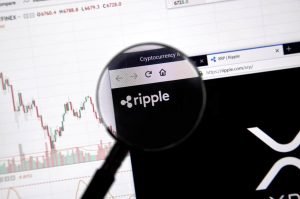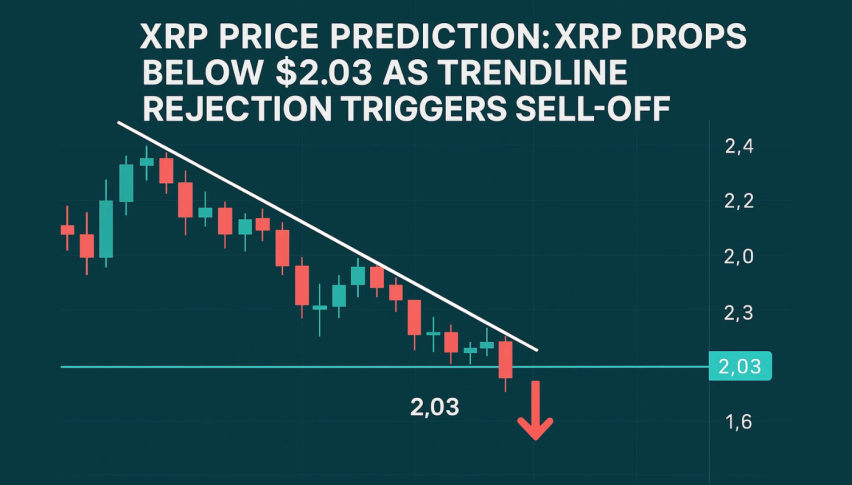Ripple Reveals Privacy as the Key Unlock for XRP Ledger’s Institutional Boom
The XRP Ledger (XRPL) is undergoing a subtle yet significant transformation that could fundamentally change how financial institutions leverage blockchain technology.

Quick overview
- The XRP Ledger (XRPL) is evolving to enhance institutional adoption of blockchain technology, with a focus on privacy.
- Ripple CEO Brad Garlinghouse highlighted privacy as a key barrier for financial institutions seeking deeper integration with the XRPL.
- The XRPL's transparent and open model contrasts with traditional closed systems like SWIFT, which rely on intermediaries.
- This transformation allows for faster cross-border transactions, addressing inefficiencies in the current banking system.
Live XRP/USD Chart
The XRP Ledger (XRPL) is undergoing a subtle yet significant transformation that could fundamentally change how financial institutions leverage blockchain technology.
Historically, the competition for institutional adoption has centered on trust, scalability, and compliance.

However, in a recent interview cited by XRPL contributor Vet, Ripple CEO Brad Garlinghouse emphasized that the key to unlocking this next phase of growth is one word: privacy.
For years, banks and other large financial institutions have faced a significant challenge: balancing the need for blockchain confidentiality with the requirement for transparency. Traditional organizations cannot publicly disclose transaction hashes or client details.
Recently, in a post on X, Vet highlighted that Garlinghouse pointed out privacy as the main barrier to deeper institutional integration with the XRP Ledger (XRPL). These insights align with Ripple’s current focus on features such as On-Chain Credentials, Decentralized Identifiers (DID), and the upcoming Permissioned features.
Vet’s comments emphasize an important distinction between closed systems that have traditionally controlled international payments and public blockchains. The XRP Ledger operates transparently, allowing anyone to access, validate, and transact without restrictions.
This open model contrasts with SWIFT’s centralized structure, where message-based financial transactions depend on numerous intermediaries and slower settlement processes. Vet argued that XRP’s bridge function is genuine and effective by highlighting its public nature.
Thanks to the XRP Ledger, cross-border transactions can settle in seconds, eliminating the need for traditional correspondent banking chains. This demonstrates how blockchain technology can address long-standing inefficiencies that organizations like SWIFT have battled for decades.
- Check out our free forex signals
- Follow the top economic events on FX Leaders economic calendar
- Trade better, discover more Forex Trading Strategies
- Open a FREE Trading Account



